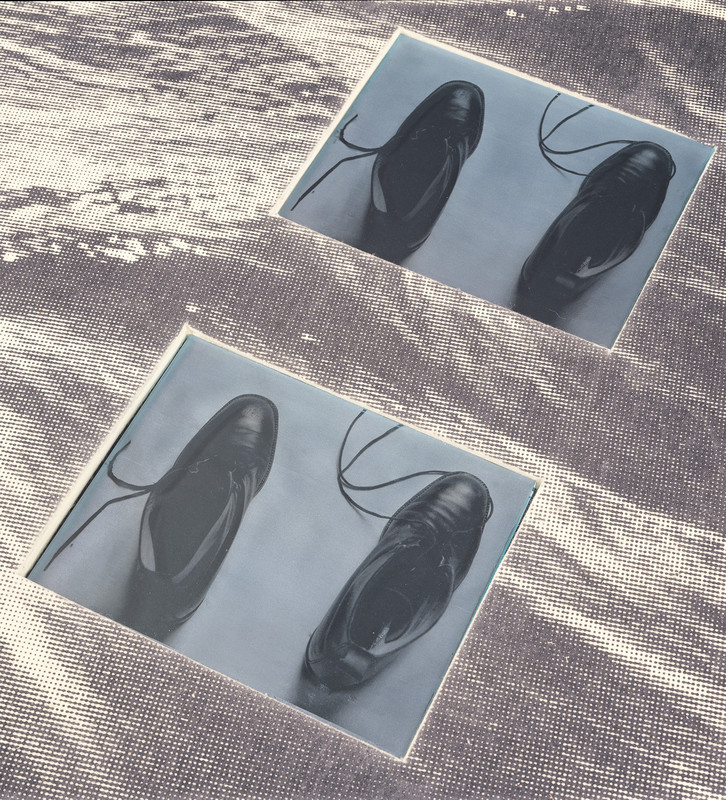Standing in the water is a room-size multi-media installation comprising video, sound, and a silkscreen printed industrial felt floor sculpture. The dominant motif is water, and each of the installation’s components resonates with attributes of and associations to water. Simpson described her intention for the piece: “I wanted the viewer to experience the power of being mesmerized by the water, stopped dead, standing in the water. So I don’t want the title to refer to a religious experience, but really to the body and this experience of confronting water in all its meanings” (Lorna Simpson: Standing in the water, brochure from Whitney Museum of American Art at Philip Morris, New York, 1994). Simpson’s interest in probing psychological states of mind, and her ongoing investigations of race and identity lead to an interpretation of this piece as an environment evoking the great distance through water of slaves from Africa to the United States and elsewhere, known as the Middle Passage.
Simpson brought a photograph of waves from the scientific text An Album of Fluid Motion to her first meeting at FWM. This wave would become the central pattern for the silkscreen print on felt, with five screens needed to handprint the repeating image on the 14-foot panels. The 1-1/2-inch thick felt was then carved to accommodate glass panels etched with the image of untied shoes. This project represents Simpson’s first work using industrial felt, a material she would go on to explore in many other sculptural and photographic works.
The accompanying video and audio bring other senses into the installation’s meditations on water. The audio track projects gentle sounds of water’s many movements—dripping, pouring from a spigot, a person climbing out of a bathtub—while two small video screens show water in motion. On the lower monitor, repeating images of waves combine with text describing common water sounds, while the upper monitor depicts a water pitcher with text taken from newspaper stories detailing incidents relating to water.

